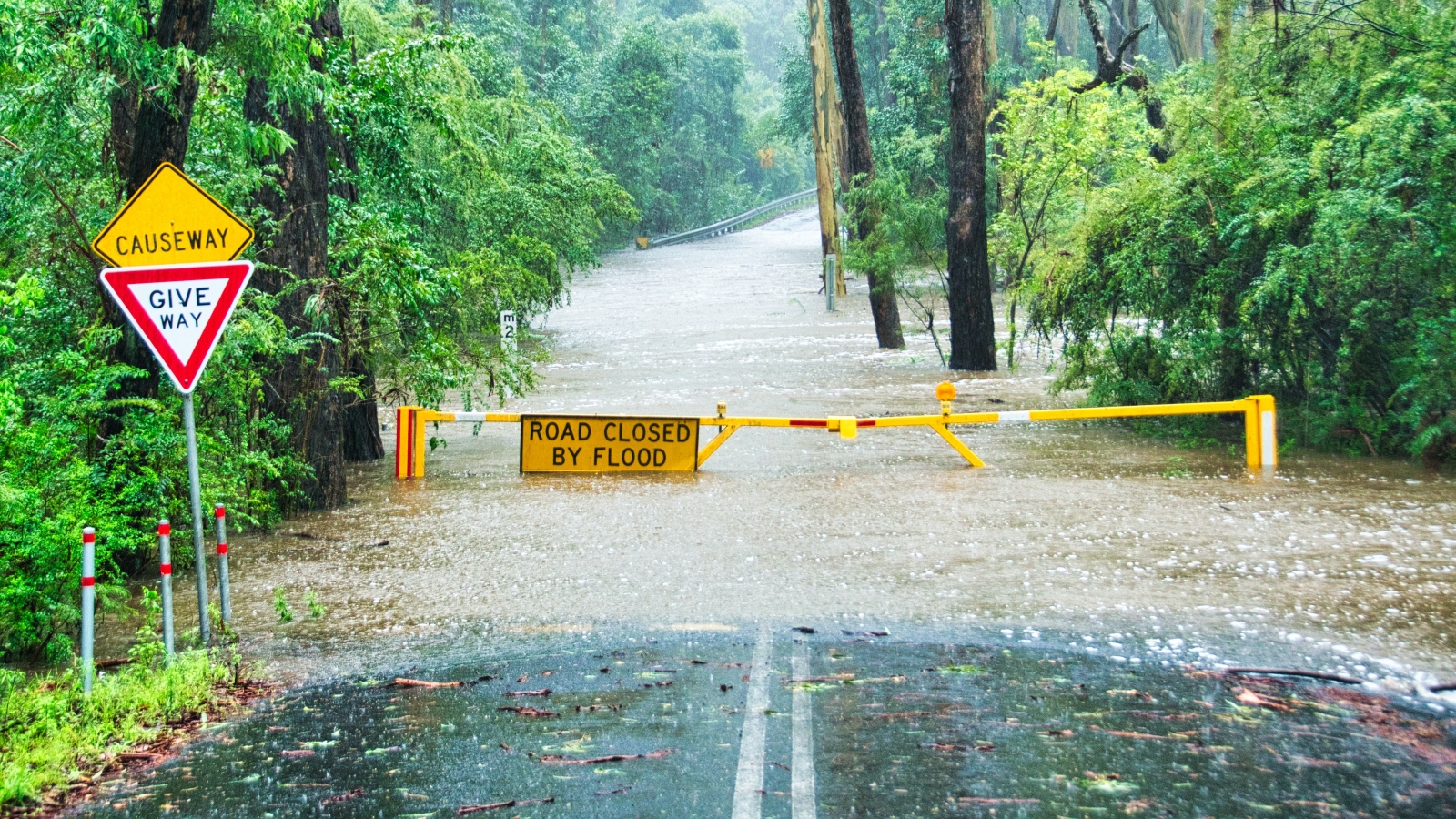A team of researchers from Ariel University and the Eastern R&D Center examined whether powerful flash floods could be predicted, up to 24 hours before they occur, by studying the changes in the precipitable water vapor in the atmosphere. The results are quite encouraging.
Flash floods are rapid, high-intensity flooding events that are caused mainly by heavy rainfall. Since flashfloods have a short response time of several hours, they are difficult to predict and therefore often cause damages and even casualties.
In a paper published in IEEE Transactions on Geoscience and Remote Sensing, the scientists present the realistic potential of using the water vapor values in the air, calculated from nine ground GPS stations in the arid part of the Eastern Mediterranean region, to predict flash flood events.
Using machine learning methods applied to 24 hours of water vapor data, they were able to predict whether a flash flood will occur with over 90 percent accuracy. They achieved even better results when additional measurements such as ground pressure measurements were added to the machine learning process.
“These promising results indicate that it is possible to augment the current flash flood warning systems with a near real-time GNSS ground based data-driven approach,” wrote lead researchers Yuval Reuveni, a researcher and lecturer in physics at Ariel University and senior researcher in the Eastern R&D Center; and Shlomi Ziskin Ziv, a postdoctoral fellow in physics at Ariel.
The study was funded by the Ministry of Science and Technology of Israel.
Fighting for Israel's truth
We cover what makes life in Israel so special — it's people. A non-profit organization, ISRAEL21c's team of journalists are committed to telling stories that humanize Israelis and show their positive impact on our world. You can bring these stories to life by making a donation of $6/month.









